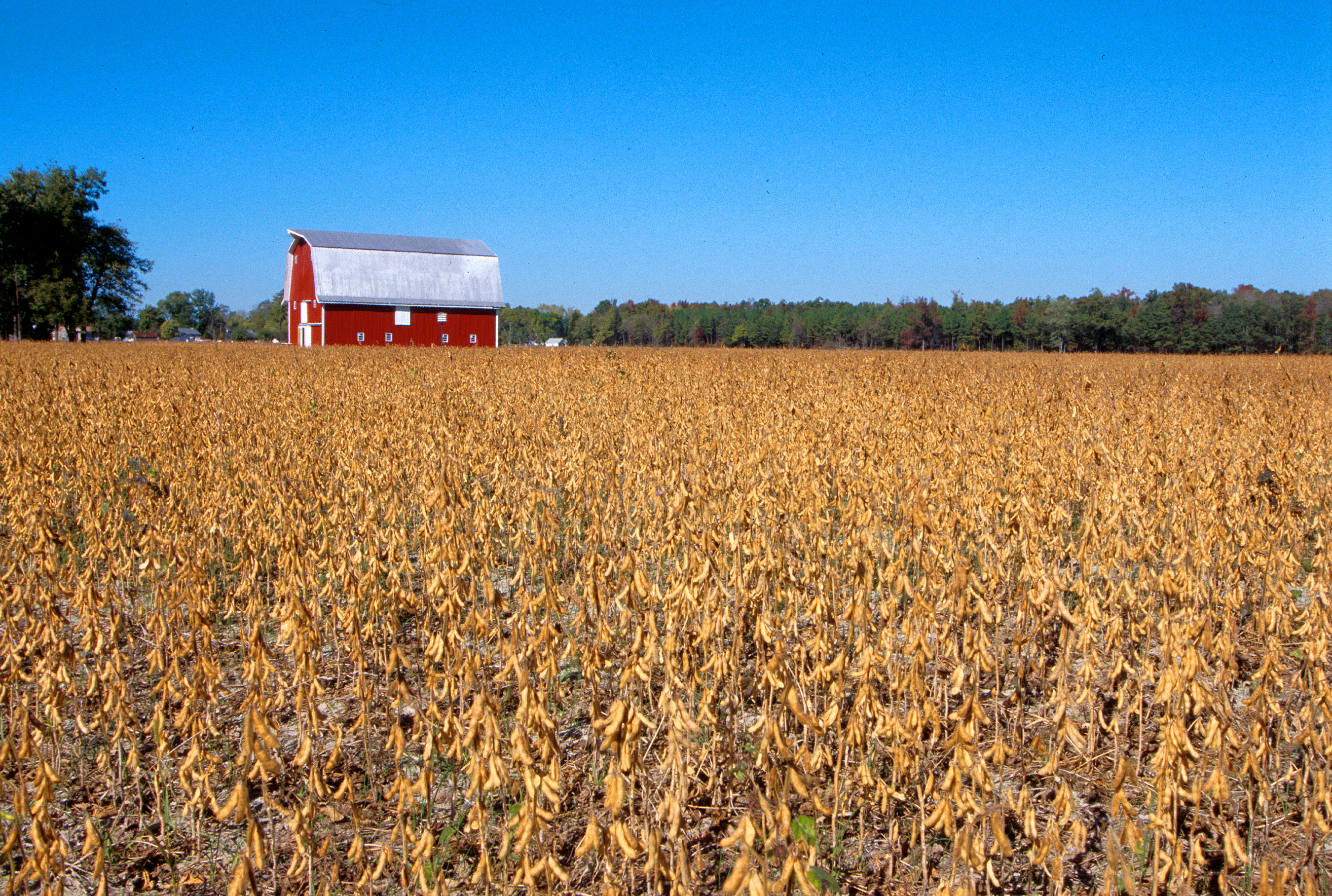Given the amount of land occupied by farmers and farming, you might be forgiven for thinking that ecologists would at least pay it more than lip service. But no. A press release from Brown University in the US announces the establishment of the first secretariat for the International Long Term Ecological Research (ILTER) network. It explains the vital importance of long term studies in ecology, to determine trends that may well be invisible over shorter periods. And it explains the various ways in which ecosystems change over time. But does it mention agriculture or changes in agricultural biodiversity? Of course not.
Legume to remove nitrogen
 I’m still trying to get my head round this one. USDA scientists are developing a soybean variety (which they stress is not genetically modified) bred to remove nitrogen from the land.
I’m still trying to get my head round this one. USDA scientists are developing a soybean variety (which they stress is not genetically modified) bred to remove nitrogen from the land.
The variety does not develop nodules, the little bumps on the root that house nitrogen-fixing bacteria. Now those nitrogen-fixing bacteria are one of the best reasons to plant legumes, because they boost soil fertility. Why would you want a legume that did not? So that animal producers could use it to solve their waste problem. I expect it makes sense in the hyper-specialized world that the USDA serves but, as I said, I’m having a little trouble with the idea.
Photo of soybean field courtesy of USDA.
A consumer view of a neglected species
We normally blog production aspects here; for a change, go read the food diary of someone who decided to try and eat as much hemp — for the omega 3 oils — as she could. Committed consumers are clearly useful, as is good marketing. But the final conclusion seems to be that timing is everything.
Oil palms and diversity
It is an article of faith that intensive monocultures of genetically uniform plants are bad for biodiversity, wild and agricultural. So news that Malaysia is putting some money into a “Palm Oil Wildlife Conservation Fund to promote ideas and proposals to enhance biodiversity linked to palm oil production worldwide” is welcome. The fund will seek to promote sustainable practices and to make more use of the production of palm oil plantations, in addition to boosting biodiversity in and around plantations. There’s also talk of using palm oil to produce biofuels, a hot topic at the CGIAR Annual General Meeting.
Information for foresters
IAALD offers a very useful filleting of papers from two conferences on forestry information, accessing it and managing it.